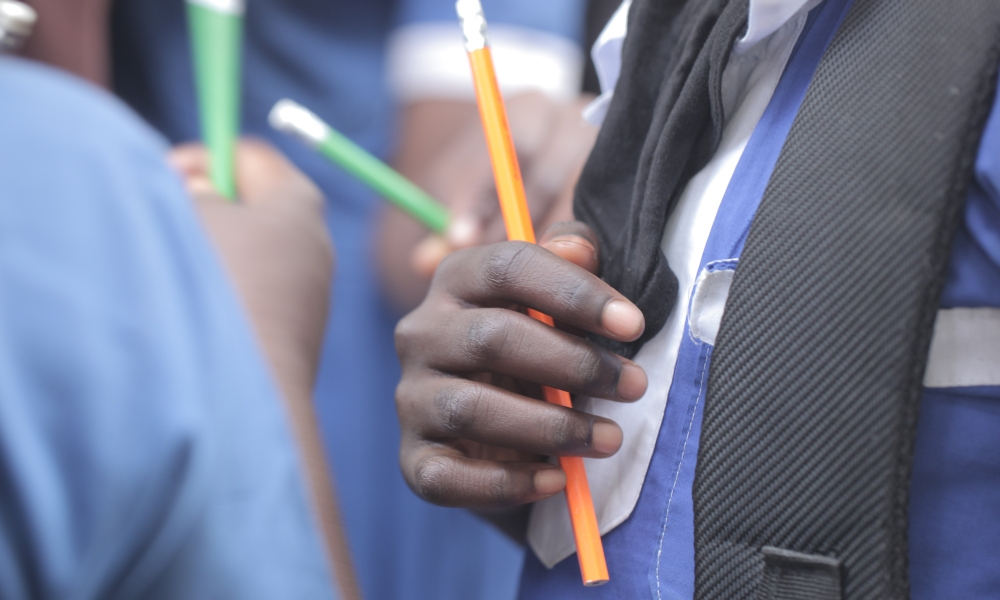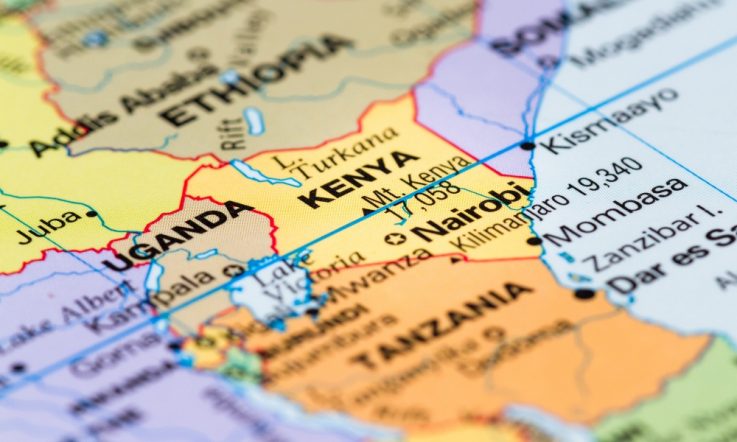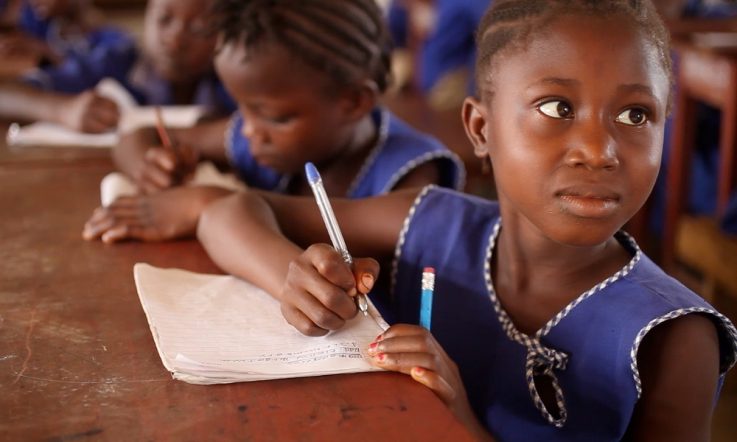As the COVID-19 pandemic forced schools across the globe to close their doors, governments and education systems moved quickly to put in place remote learning programs and policies. However, new analysis shows that at least one-third of the world's schoolchildren have been unable to access these alternative forms of delivery.
According to the UNICEF (2020) report, nearly 1.5 billion children were affected by school closures at the height of the lockdown and more than 90 per cent of ministries of education put policies in place to provide digital and broadcast remote learning. It says, as a result, children have been able to continue learning, but at least 463 million have had their education put on hold because they don't have access to the internet, digital devices or broadcast services. Children in the poorest households and those living in rural areas have been hardest hit by the digital divide.
The analysis uses data from a joint UNESCO, UNICEF and World Bank Survey on National Educational Responses to COVID-19 School Closures involving more than 100 countries. Only children who were attending school prior to the pandemic were counted. The study looks at access to TV, radio and the internet, and curriculum delivery across these different platforms during school closures.
‘For each level of education, most countries have developed policies regarding digital (internet-based) or broadcast (TV- or radio-based) remote learning,' the report notes. ‘The most common approach focused on digital instruction, which was used by 42 per cent of countries for pre-primary education, 74 per cent of countries for primary education and 77 per cent of countries for upper secondary education. … Overall, 94 per cent of ministries of education analysed developed policies regarding the provision of at least one form of remote learning that involved digital and/or broadcast instruction.'
Reach likely to be even lower
The table below shows the minimum number of pre-primary, primary and secondary children unable to access remote learning, by region.
 *The total includes an estimated 40 million children from countries not included in the survey data.
*The total includes an estimated 40 million children from countries not included in the survey data.
The report warns the situation is likely to be even worse than the available data suggest. ‘The fact that a home has a television and the country offered TV-based instruction does not guarantee that the children in that home partook of that instruction – parents may not understand how to access the coursework or may not take the steps necessary to support their child's learning.'
UNICEF notes that children could also be missing out on remote learning because they are unable to access technology at home due to competing demands – such as being forced to go to work or do household chores – or they have a poor learning environment.
Releasing the report it shared this comment from Sun Sakada, an eight-year-old boy in Grade 3 living in Cambodia who has found it difficult to access homework and updates from his school.
It's difficult learning online. Teachers are sending lessons and homework in the Facebook Messenger group. I can receive them on my mum's phone but when her phone credit runs out, I have no way of knowing what the homework is and keep missing out on lessons.
It says action to close the digital divide should include: adapting delivery methods and materials for households that don't have access to broadcast or digital media; investing in infrastructure to reach rural and remote areas; develop blended learning options combining remote and face-to-face instruction; and provide support and training to teachers and parents to help children learn at home.
Reopening schools after lockdown
UNESCO, UNICEF, the World Food Programme, World Bank and UNHCR have published a framework for reopening schools to help local and national authorities with decision-making, planning and preparedness in six key priorities: policy reform; financing requirements; safe operations; compensating learning; wellness and protection; and, reaching the most marginalised.
The recommendations include protocols on social distancing and good hygiene, a focus on practices to compensate for lost instructional time, making critical communications available in relevant languages and accessible formats, and expanding the focus on student wellbeing.
References
United Nations Children's Fund. (2020) Covid-19: Are children able to continue learning during school closures? A global analysis of the potential reach of remote learning policies using data from 100 countries. UNICEF.
How has your school adapted to the pandemic? Have all students been able to access learning materials and remote teaching? During times of remote learning, how often are you communicating with parents and students?



